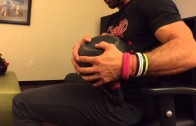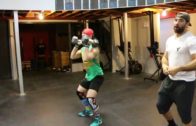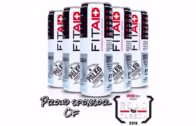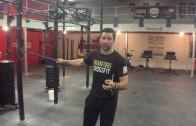WODdoc Episode 152 Project365: Understanding PNF
I love nerd day!!! Believe it or not, as much as I blabber about everything else I really love the science behind it all. You know, I talk about contract/relax mobilization a lot and it didn’t occur to me (until someone asked) to ever explain why it works. So here goes….
First off, what I refer to as contract-relax is actually “hold-relax” Hold-relax is the most common from of PNF mobilization. During hold-relax the muscle is brought into a mild stretch position and held there for about 20 seconds. Then the muscle is actively contracted in a stationary position. The contraction is held for 7-15 secs followed by brief relaxation of 2-3 seconds, then immediately subjected to a passive mobilization which lengthens the tissue past the initial stretch point (a new barrier is found). I personally use 3-5 seconds of contract and 8-10 seconds of relaxation to find a new barrier and have had great results with it.
What is PNF?
Proprioceptive Neuromuscular Facilitation is a mobilization technique which takes advantage of our body’s natural reflexes. Contained within our muscles are these sensory receptors called golgi tendon organs (GTO), which detect tension. If tension becomes to high GTOs neurologically short circuit the tissue and cause a reflexive relaxation. For a short period the tissue is unable to fight the mobilization (lengthening). During PNF we take advantage of this brief moment of reflexive relaxation and use it to optimize tissue mobilization.
Today’s WODdocket:
1. Practice 3 rounds of hold-relax (contract-relax) on any body part. Hamstrings are easiest to feel/see the result. Each passive stretch you should notice yourself finding a slightly deeper barrier.





